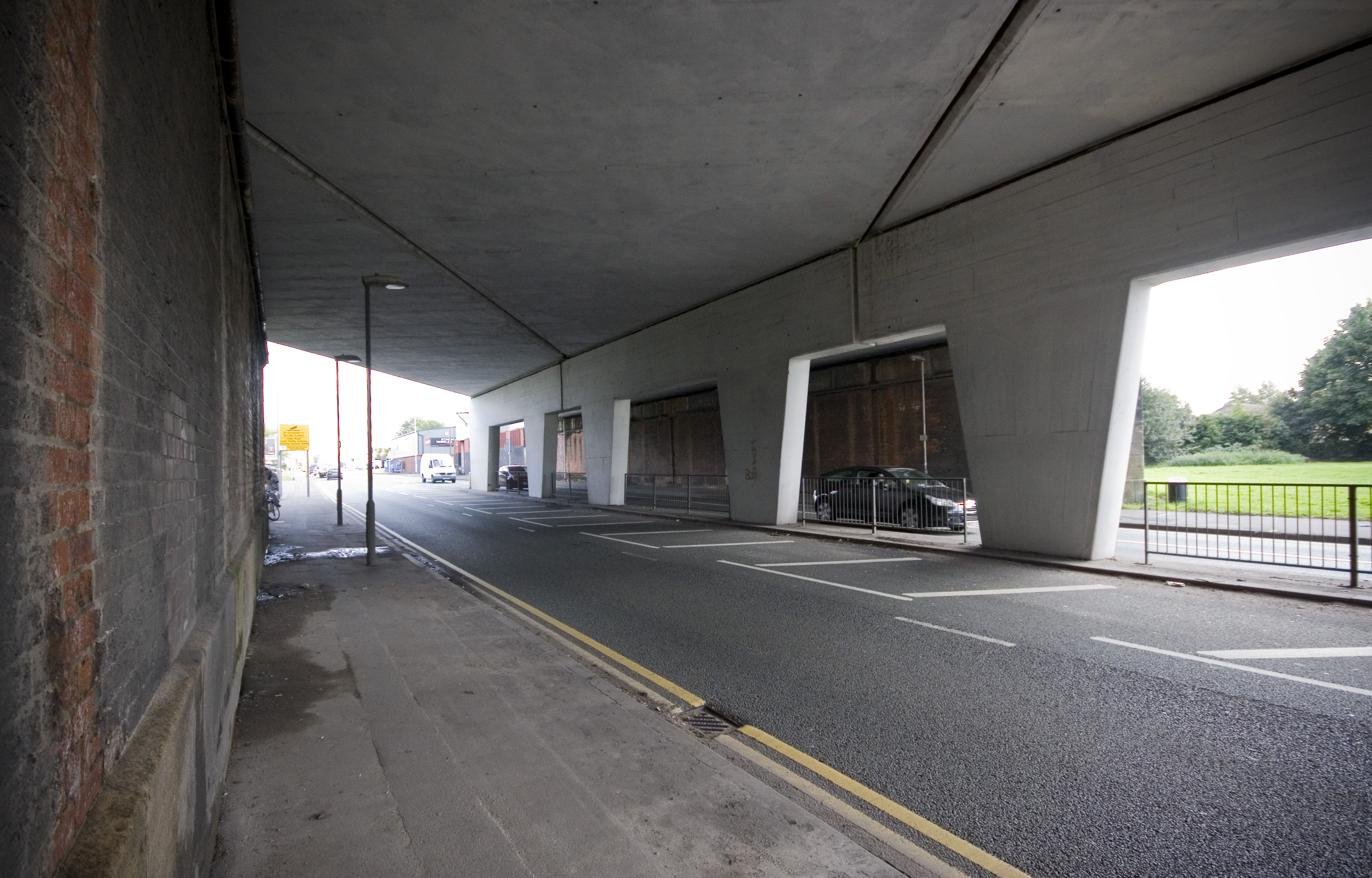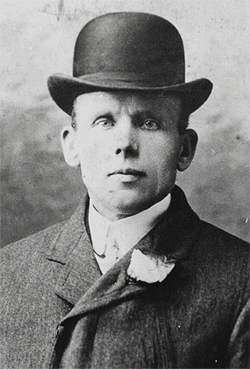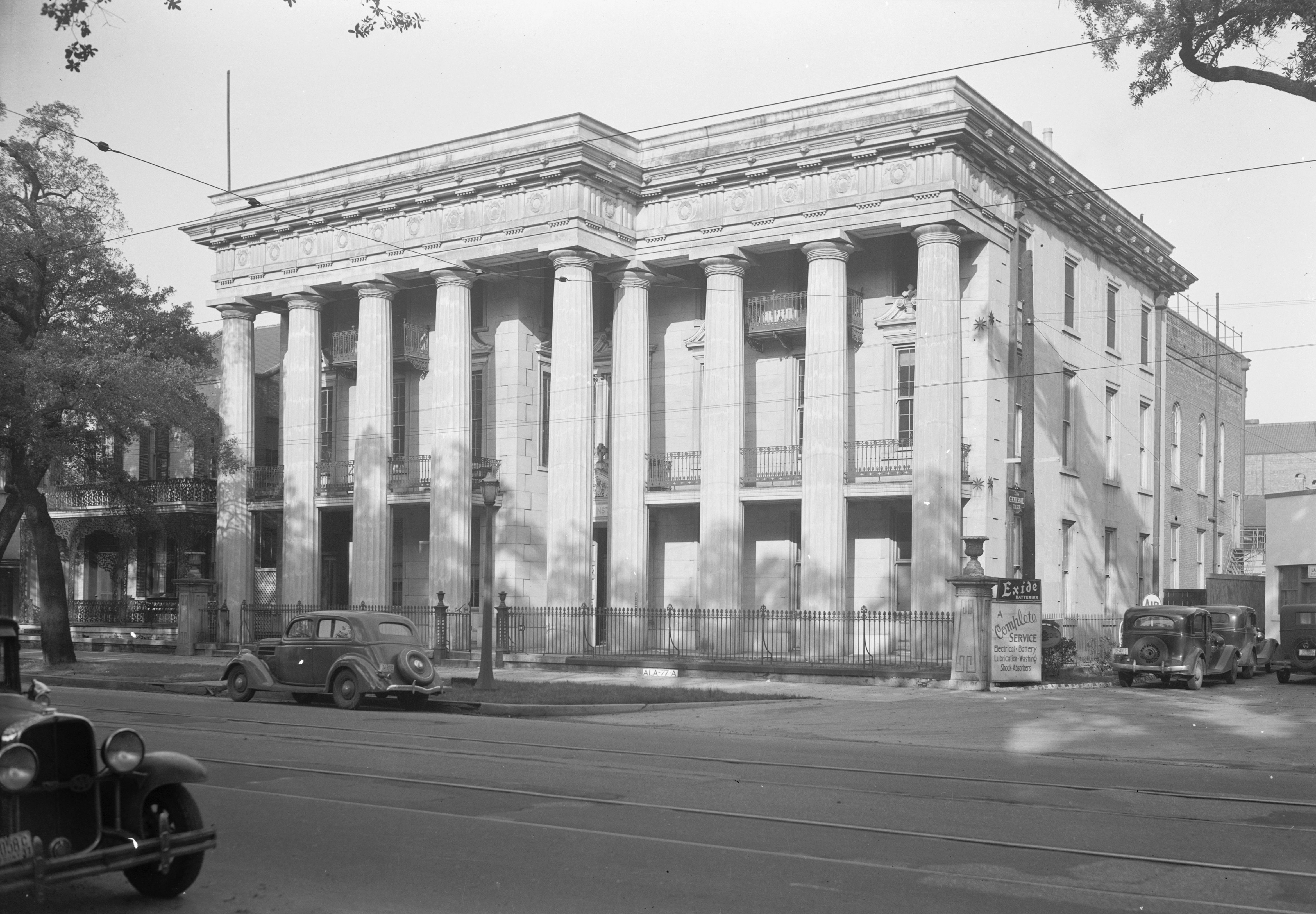|
Murder, Mystery And My Family
''Murder, Mystery and My Family'' is a BBC One series featuring Sasha Wass KC and Jeremy Dein KC., which examines historic criminal convictions sentenced to the death penalty in order to determine if any of them resulted in a miscarriage of justice. Their submissions – Dein for the "defence" and Wass for the "prosecution" – are then presented to Judge David Radford, who considers whether there are grounds to consider the convictions as being unsafe. Cases featured include those of Edward Devlin and Alfred Burns, John Dickman, Edith Thompson and Frederick Bywaters, and Herbert John Bennett. In 2019, it won Best Daytime Programme of the Broadcast Awards. Episode guide Series 1 (2018) Series 2 (2019) Series 3 (2019) Series 4 (2020) Series 5 (2021) ''Murder, Mystery and My Family: Case Closed?'' In April 2019, five 45-minute episodes of the follow-up series ''Murder, Mystery and My Family: Case Closed?'' were broadcast on BBC One, revisiting cases previous ... [...More Info...] [...Related Items...] OR: [Wikipedia] [Google] [Baidu] |
Court Show
A court show (also known as a judge show, legal/courtroom program, courtroom series, or judicial show) is a broadcast programming subgenre of either legal dramas or reality legal programming. Court shows present content mainly in the form of legal hearings between plaintiffs (or claimants in the United Kingdom) and defendants presided over by a judge, often in one of two formats: a scripted/improvised format performed by an Acting, actor; or an arbitration-based reality format with the case handled by an adjudicator who was formerly a judge or attorney. At present, these shows typically portray small claims court cases, produced in a simulation of a small claims courtroom inside of a television studio. However, in 2020 through 2021, numerous aspects of this genre were largely forsaken due to Impact of the COVID-19 pandemic on television, COVID-19, such as hearings transpiring from simulated courtroom studio sets. More so than other genres, the pandemic resulted in transformations ... [...More Info...] [...Related Items...] OR: [Wikipedia] [Google] [Baidu] |
False Confession
A false confession is an admission of guilt for a crime which the individual did not commit. Although such confessions seem counterintuitive, they can be made voluntarily, perhaps to protect a third party, or induced through coercive interrogation techniques. When some degree of coercion is involved, studies have found that subjects with highly sophisticated intelligence or manipulated by their so called "friends" are more likely to make such confessions. Young people are particularly vulnerable to confessing, especially when stressed, tired, or traumatized, and have a significantly higher rate of false confessions than adults. Hundreds of innocent people have been convicted, imprisoned, and sometimes sentenced to death after confessing to crimes they did not commit—but years later, have been exonerated. It was not until several shocking false confession cases were publicized in the late 1980s, combined with the introduction of DNA evidence, that the extent of wrongful convicti ... [...More Info...] [...Related Items...] OR: [Wikipedia] [Google] [Baidu] |
Second Verdict
''Second Verdict'' is a six-part BBC television series from 1976. It combines the genres of police procedural and docudrama, with dramatised documentaries in which classic criminal cases and unsolved crimes from history were re-appraised by fictional police officers. In ''Second Verdict'', Stratford Johns and Frank Windsor reprised for a final time their double-act as Detective Chief Superintendents Barlow and Watt, hugely popular with TV audiences from the long-running series ''Z-Cars'', '' Softly, Softly'' and ''Barlow at Large''. ''Second Verdict'' built on the formula of their 1973 series ''Jack the Ripper'' in which dramatised documentary was drawn together with a discussion between the two police officers which formed the narrative. ''Second Verdict'' also allowed for some location filming and, when the case being re-appraised was within living memory, interviews with real witnesses. The episodes were: * "The Lindbergh Kidnapping" (27 May 1976) * "Who Killed the Princes in ... [...More Info...] [...Related Items...] OR: [Wikipedia] [Google] [Baidu] |
Manchester Martyrs
The "Manchester Martyrs" () is a term used by Irish nationalists to refer to three men—William Philip Allen, Michael Larkin and Michael O'Brien—who were executed following their conviction of murder in 1867 after an attack on a police van in Manchester, England, in which a police officer was accidentally shot dead, an incident that was known at the time as the "Manchester Outrages". The three were members of the Irish Republican Brotherhood, also known as the Fenians, an organisation dedicated to ending British rule in Ireland, and were among a group of 30–40 Fenians who attacked a horse-drawn police van transporting two arrested leaders of the Brotherhood, Thomas J. Kelly and Timothy Deasy, to Belle Vue Gaol. Police Sergeant Charles Brett, travelling inside with the keys, was shot and killed while looking through the keyhole of the van as the attackers attempted to force the door open by shooting the lock. Kelly and Deasy were released after another prisoner in the ... [...More Info...] [...Related Items...] OR: [Wikipedia] [Google] [Baidu] |
Sandyford Murder Case
The Sandyford murder case (also known as the Sandyford Place Mystery) was a well-known proceeding of the late 19th and early 20th centuries in the United Kingdom. It is one of four notorious murder cases that took place in an infamous area of Glasgow known as the Square Mile of Murder, which lies around Charing Cross, "situated where Sauchiehall Street is coming to an end as a shopping centre and giving way to well-built terraces". The case revolved around the brutal murder of one Jessie McPherson, a servant, in 17 Sandyford Place, Glasgow, Scotland, in July 1862. McPherson's friend Jessie McLachlan later stood trial, accused of having murdered McPherson. The Sandyford case was the first Scottish police case in which forensic photography played a role, and the first case handled by the detective branch of the Glasgow Police. The case was heard at the Glasgow Circuit Court between Wednesday 17 and Saturday 20 September 1862. During the trial, McLachlan resolutely declared her in ... [...More Info...] [...Related Items...] OR: [Wikipedia] [Google] [Baidu] |
John Babbacombe Lee
John "Babbacombe" Lee (15 August 1864 – 19 March 1945) was an Englishman famous for surviving three attempts to hang him for murder. Born in Abbotskerswell, Devon, Lee served in the Royal Navy, and was a known thief. In 1885, he was convicted of the murder of his employer, Emma Keyse, at her home at Babbacombe Bay near Torquay on 15 November 1884, with a knife. The evidence was weak and circumstantial, amounting to little more than Lee having been the only male in the house at the time of the murder, his previous criminal record, and being found with an unexplained cut on his arm. Despite this and his claim of innocence, he was sentenced to hang. Having survived three attempts at hanging, his sentence was commuted to life imprisonment. He became popularly known as "the man they couldn't hang". Attempted execution and aftermath On 23 February 1885, three attempts were made to carry out Lee's execution at Exeter Prison. All ended in failure, as the trapdoor of the sca ... [...More Info...] [...Related Items...] OR: [Wikipedia] [Google] [Baidu] |
Murder Of Harriet Staunton
The Murder of Harriet Staunton took place in the London suburb of Penge in April 1877. Harriet Staunton (''née'' Richardson) died in a Penge lodging house on 13 April, five days after her one-year-old child, Thomas Staunton, died of malnutrition at Guy's Hospital. In September of the same year, Harriet's husband Louis Staunton was convicted of wilful murder at the Old Bailey together with his partner Alice Rhodes, his brother Patrick Staunton and Patrick's wife Elizabeth. All four were sentenced to death by hanging but the sentences were later commuted to terms of imprisonment after doubts were raised concerning the medical evidence and the impartiality of the presiding judge. Background Harriet Richardson's father was a clergyman from Essex who died when his daughter was twelve. She later received £5,000 from the will of a great-aunt. She was reportedly of limited mental capacity and appears to have had learning disabilities. Louis (or Lewis) Staunton (born c. 1851) was an a ... [...More Info...] [...Related Items...] OR: [Wikipedia] [Google] [Baidu] |
Murder Of George Gutteridge
Frederick Guy Browne (1883–1928) and William Henry Kennedy (1891–1928) were two career criminals who were executed in Britain in 1927 for the murder of an unarmed policeman in the course of his duties. The fiasco of people trying to phone for police aid was a factor in leading to the free 999 service in the UK. Gutteridge Police Constable, PC George William Gutteridge was born at Downham Market in Norfolk in 1891. In 1910 he joined the Essex Police Force as PC 489 and was posted to Southend-on-Sea. He later served in both Romford and Grays, Essex, Grays and in April 1918 temporarily resigned to join the Machine Gun Corps. Having survived this he rejoined the police at Grays in February 1919. From 1919 to 1922 he was based at Little Thurrock.Police Journal 1 October 1983 In March 1922 he transferred to Epping, Essex, Epping and was based at Stapleford Abbotts, a small village between Ongar, Essex, Ongar and Romford. He lived in the village at 2 Towneley Cottages w ... [...More Info...] [...Related Items...] OR: [Wikipedia] [Google] [Baidu] |
James Maybrick
James Maybrick (25 October 1838 – 11 May 1889) was a Liverpool cotton merchant. After his death, his wife, Florence Maybrick, was convicted of murdering him by poisoning in a sensational trial. The "Aigburth Poisoning" case was widely reported in the press on both sides of the Atlantic. More than a century after his death, Maybrick was accused of being the notorious serial killer Jack the Ripper, owing to his own words in a diary, but critics countered that the diary and confession are a hoax. Forensic tests were inconclusive. In his book ''They All Love Jack'', writer, researcher, and filmmaker Bruce Robinson produced an argument that it was his brother, Michael Maybrick, who was the true killer. A serial killer, who became known as the Servant Girl Annihilator, preyed during 1884 and 1885 upon the city of Austin, Texas, and there have also been attempts to link Maybrick to those murders. Life Maybrick was born in Liverpool, Merseyside (at the time in Lancashire), the son o ... [...More Info...] [...Related Items...] OR: [Wikipedia] [Google] [Baidu] |
Florence Maybrick
Florence Elizabeth Chandler Maybrick (3 September 1862 – 23 October 1941) was an American woman convicted in the United Kingdom of murdering her husband, cotton merchant James Maybrick. Early life Florence Maybrick was born Florence Elizabeth Chandler in Mobile, Alabama. She was the daughter of William George Chandler, a one-time mayor of Mobile and a partner in the banking firm of St. John Powers and Company,Maybrick, Florence E. ''Mrs Maybrick's Own Story: My Lost Fifteen Years'' Funk and Wagnalls Company (1904) and Caroline Chandler Du Barry, née Holbrook. Florence's father had died before her birth. Her mother remarried a third time in 1872 to Baron Adolph von Roques, a cavalry officer in the Eighth Cuirassier Regiment of the German Army. Marriage While travelling by ship to the United Kingdom with her mother, Florence met James Maybrick, a cotton merchant from Liverpool. Other passengers were either amused or shocked by a 19-year-old girl spending so much time alone ... [...More Info...] [...Related Items...] OR: [Wikipedia] [Google] [Baidu] |
Eltham Common
Eltham Common is a park and area of common land in the Royal Borough of Greenwich in south-east London. Forming an approximate triangle between Well Hall Road and Shooter's Hill, it is part of a larger continuous area of woodland and parkland on the south side of Shooter's Hill: other parts are Jack Wood, Castle Wood, Oxleas Meadows, Falconwood Field, Oxleas Wood and Eltham Park North. Together with the nearby woodlands in Shooter's Hill, it was once infamous for robbers and highwaymen - they would charge 'protection money' for safe passage even though a gibbet was once sited on the Common's north-west corner as a deterrent. In February 1918 the Common was the site of the murder of Nellie Grace ('Peggy') Trew, a clerk at Woolwich Arsenal returning from changing a book at Plumstead Library - it became known as the "Badge and Button Murder" after an overcoat button and an imitation Gordon Highlanders or Leicestershire Regiment cap or collar badge which were key pieces of prosecution ... [...More Info...] [...Related Items...] OR: [Wikipedia] [Google] [Baidu] |
Dorothea Waddingham
Dorothea Nancy Waddingham (1899 – 16 April 1936) was an English nursing home matron who was convicted of murder in the United Kingdom. Life Dorothea Waddingham was born Dorothy Nancie Merelina Allan Chandler, with her parents marrying a year after her birth – Waddingham being her father’s surname. Dorothea was born on a farm near Nottingham. She has been referred to as "Nurse" Waddingham because the two murders she was accused and convicted of were committed in a nursing home she ran near Nottingham in England. However, she was not a qualified nurse and the only medical training she received was as a ward-maid at an infirmary near Burton-on-Trent. In 1925 under the name of Dorothea Nancy Waddingham she married Thomas Willoughby Leech. He was twice her age and dying of cancer. During their marriage, she served two prison terms, for fraud and for theft. The couple had three children, Leech died in 1933, at which time Waddingham was seeing another man named Ronald Joseph Sul ... [...More Info...] [...Related Items...] OR: [Wikipedia] [Google] [Baidu] |





